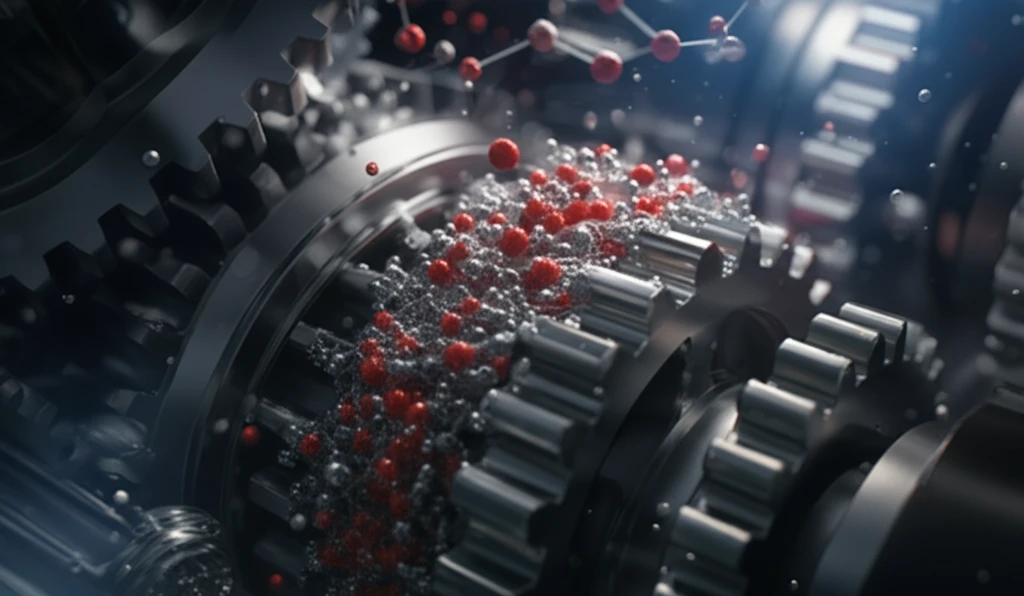
Unlocking Efficiency: How Gas-Film Lubrication is Revolutionizing Machinery
"Explore the principles, applications, and benefits of gas-film lubrication technology in modern machinery for improved performance and longevity."
In the relentless pursuit of efficiency and durability, modern engineering constantly seeks innovative solutions to reduce friction and wear in machinery. Among these, gas-film lubrication stands out as a sophisticated technique offering significant advantages over traditional oil-based methods. By creating a thin layer of gas between moving parts, this technology minimizes direct contact, leading to smoother operation, reduced energy consumption, and prolonged equipment life. This article delves into the principles, applications, and benefits of gas-film lubrication, exploring how it is revolutionizing various industries.
Gas-film lubrication, at its core, involves maintaining a thin film of gas—typically air, nitrogen, or helium—between moving surfaces to prevent direct contact. Unlike oil lubrication, which relies on a liquid film, gas lubrication offers lower viscosity and reduced friction. This is particularly beneficial in high-speed applications where viscous drag can significantly impact performance. The technology is not new; the underlying concepts date back to early tribological studies, but advancements in materials science and precision engineering have enabled its widespread adoption in recent years.
The shift toward gas-film lubrication is driven by several factors, including the demand for cleaner, more sustainable technologies and the increasing complexity of modern machinery. Industries such as aerospace, precision manufacturing, and data storage are leading the way in adopting this technology, leveraging its unique properties to achieve unprecedented levels of performance and reliability. As research continues to refine gas-film lubrication techniques, its potential to transform various sectors becomes increasingly apparent.
What Makes Gas-Film Lubrication So Effective?

The effectiveness of gas-film lubrication stems from a combination of factors that address common challenges in mechanical systems. By understanding these key elements, engineers and technicians can better appreciate the technology's potential and implement it effectively. Gas-film lubrication offers several compelling advantages:
- Lower Wear: By preventing direct surface contact, gas-film lubrication minimizes wear and tear on machinery components, extending their lifespan and reducing maintenance costs.
- High-Speed Performance: Gas lubrication is particularly well-suited for high-speed applications where viscous drag from liquid lubricants can be problematic. The low viscosity of gases allows for smoother operation at elevated speeds.
- Cleanliness: Unlike oil-based systems, gas-film lubrication eliminates the risk of oil contamination and the need for oil disposal, making it a cleaner and more environmentally friendly option.
- Temperature Stability: Gases are less susceptible to temperature-induced changes in viscosity compared to liquids, ensuring consistent lubrication performance over a wide range of operating temperatures.
The Future of Gas-Film Lubrication: Innovations and Opportunities
As technology advances, the future of gas-film lubrication looks promising. Ongoing research focuses on optimizing bearing designs, exploring new gas compositions, and developing advanced control systems to enhance performance and reliability. Nanotechnology also holds potential for creating even smoother surfaces and more stable gas films. With its numerous advantages and continuous innovation, gas-film lubrication is poised to play a pivotal role in shaping the next generation of machinery and equipment.
